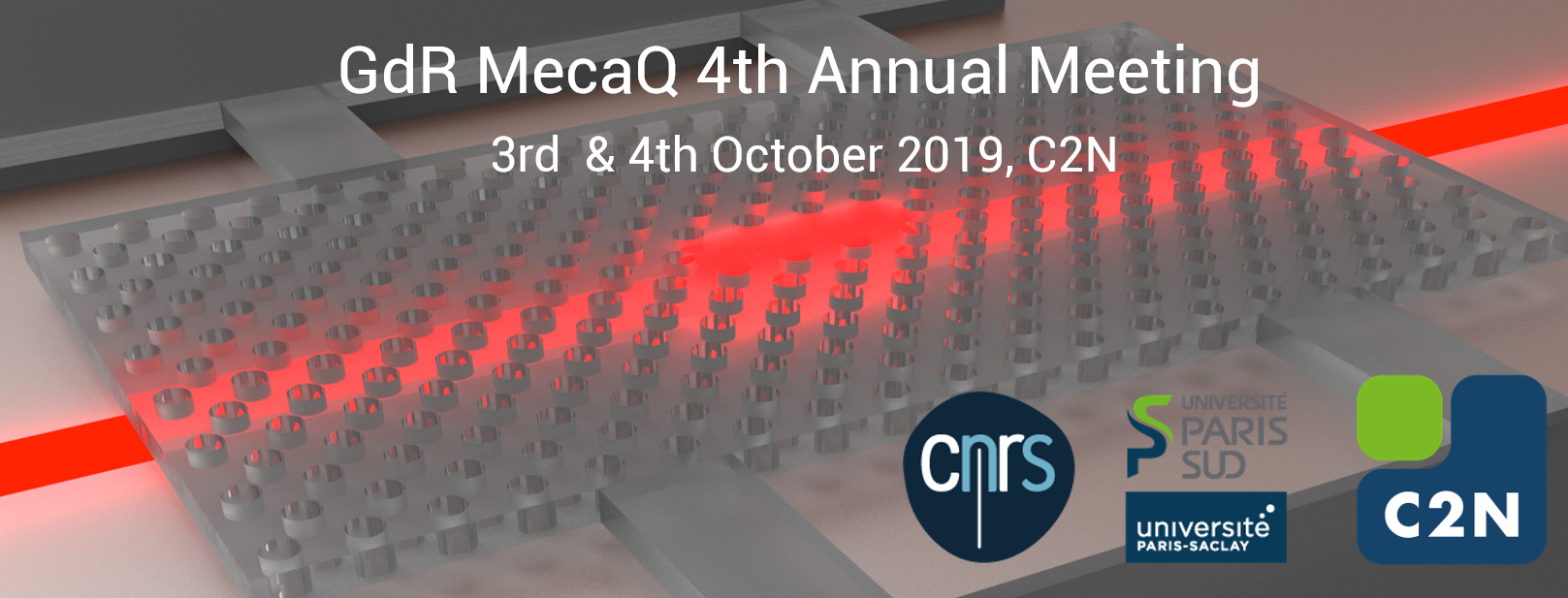Tutorial Speakers
|
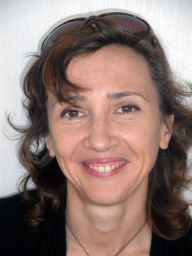
Alexia Auffèves
Institut Néel, CNRS
|
Quantum mechanics is at the heart of our technology and economy - the laser and the transistor are quantum devices - but its full potential is far from being realized. Recent technological advances in optics, nanoscience and engineering allow experimentalists to create artificial structures or put microscopic and mesoscopic systems under new manipulable conditions in which quantum phenomena play a fundamental role.
Quantum technologies exploit these effects with practical purposes. The objective of Quantum Science is to discover, study, and control quantum efects at a fundamental level. These are two sides of a virtuous circle: new technologies lead to the discovery and study of new phenomena that will lead to new technologies.
Our group's aim is to control and understand quantum phenomena in a multidisciplinary intersection of Quantum Information, Quantum optics and cold atoms, Quantum Control, Spintronics, Quantum metrology, Atom interferometry, Superconducting qubits and Circuit QED and Foundations of Quantum Mechanics.
|
|
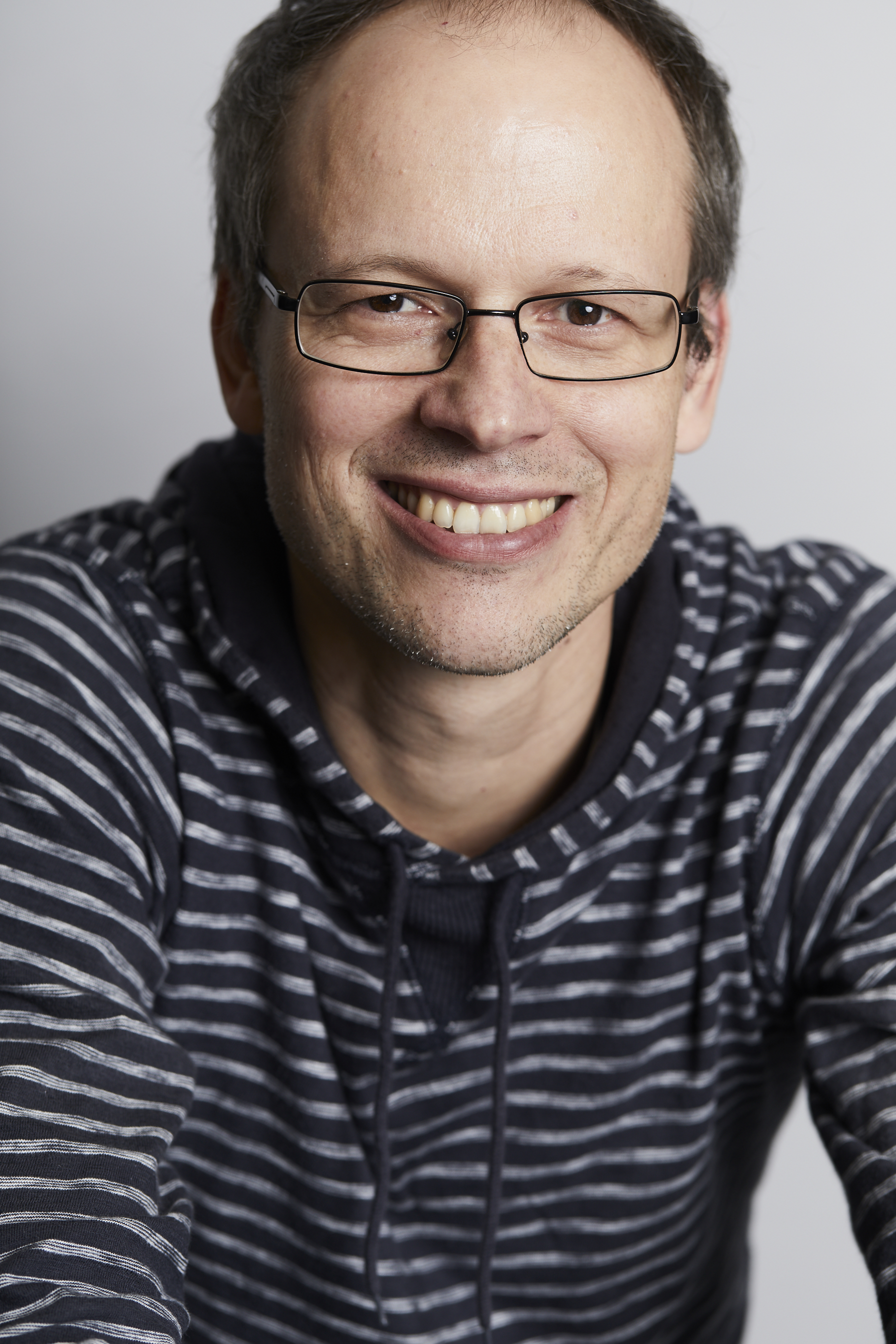
Adrian Bachtold
ICFO
|
Adrian Bachtold is the principal investigator of the Quantum NanoMechanics group at ICFO. His activities focus on mechanical resonators based on carbon nanotubes, graphene, and semiconductor monolayers. The aim is to take advantage of the exceptional sensing capabilities of these resonators to study physical phenomena in extreme regimes that have not been explored thus far, because conventional measurement methods lack sensitivity. The work is highly interdisciplinary with possible implications in quantum science, optomechanics, nanoscience, condensed matter, and low-temperature physics. He has 89 publications in peered-review journals. His H factor is 40, and the total number of citations of his work is above 10´600 (WOS). He is APS fellow and is recipient of the CNRS medal and the IBM award of the Swiss Physical Society. Out of the 16 PhD students and postdoc fellows that have worked in his group, 11 of them have a permanent position in academic research
|
|
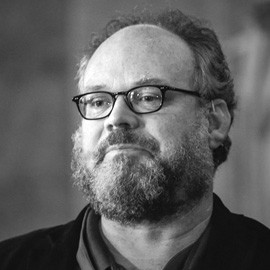
Peter Barker
University College London
|
Peter Barker studied for a BSc in Physics at the University of Queensland in Australia and was awarded a PhD in Physics from the same university in 1996 working on applied laser spectroscopy. From 1997 to 2001 he was a Research Scientist and Lecturer at Princeton University working on an interdisciplinary project with Sandia National Laboratories and Lawrence Livermore developing a new type of wind tunnel for accelerating gases to hypersonic speeds using lasers and electron beams. In 2001, he took up the position of Lecturer in the Physics Department at Heriot-Watt University in Scotland and became a Senior Lecturer in 2004. In October 2006 he joined the Atomic, molecular optical and positron physics group at the Department of Physics and Astronomy at UCL as a Reader and is currently an EPSRC Advanced Research Fellow. He was promoted to Professor in October 2007 and works mostly in the area of levitated quantum optomechanics, nanophotonics and atomic and molecular physics.
|
|
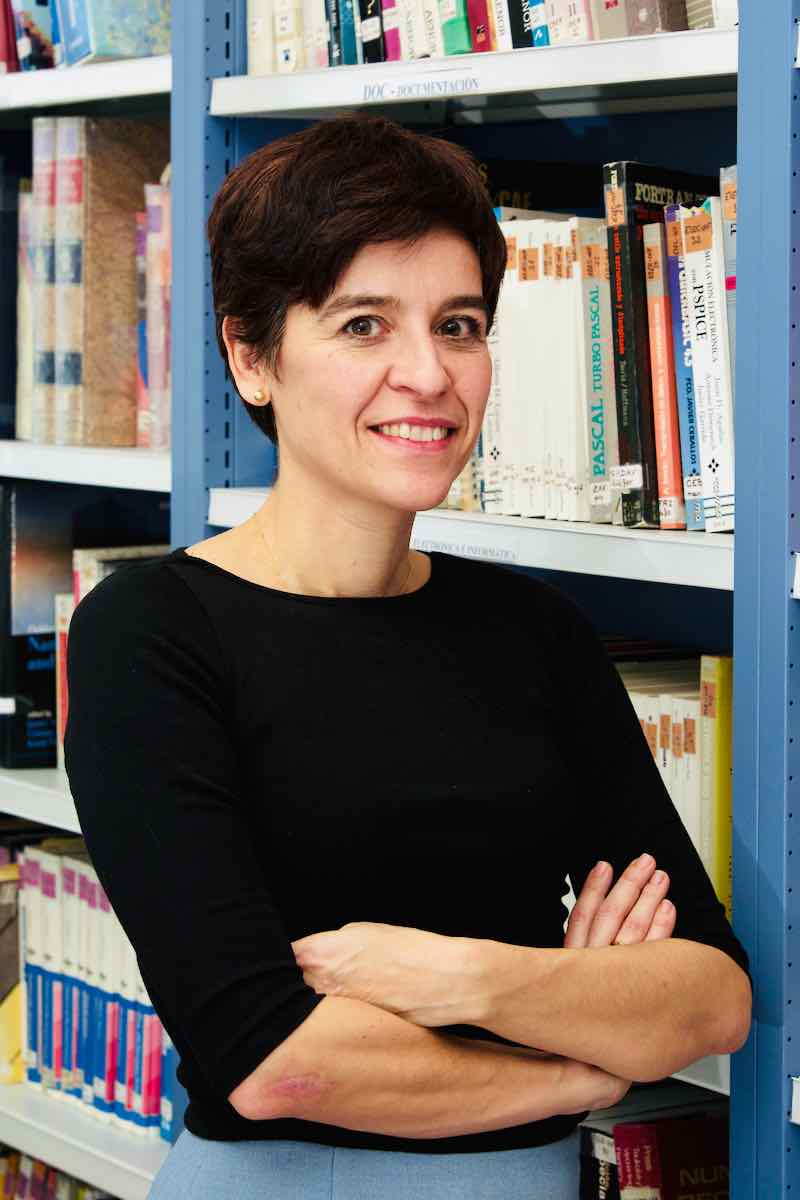
Montserrat Caleja
Micro and Nanotechnology Institute-CSIC
|
Montserrat Calleja. Research Professor at the Micro and Nanotechnology Institute-CSIC. Since 2004 she has focused her research in nanomechanical sensing, developing new instrumentation and technologies for the application of nanomechanics to biology. Leader of ERC Starting Grant project NANOFORCELLS and ERC Consolidator Grant LIQUIDMASS. Founder of Mecwins SA and Nanodreams SL. Awarded Miguel Catalán research prize for researchers under 40 years in 2012, CSIC-Quo research award 2018 and Mas+ award 2018.
|
|
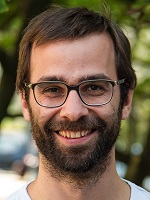
Albert Schliesser
Niels Bohr Institute
|
Albert Schliesser obtained his PhD in 2009 at the Max Planck Institute of Quantum Optics. After a postdoctoral stay at the Swiss Federal Institute of Technology Lausanne (EPFL) he joined the Niels Bohr Institute (NBI) of Copenhagen University, where he has been a full professor since 2016.
Since 2006, Albert Schliesser has pioneered research in opto-mechanics, and his NBI group (http://slab.nbi.dk) keeps contributing actively to this field. Recent innovations include soft-clamped resonators with unprecedented coherence. For the first time, these devices have enabled ground-state cooling using measurement-based quantum control, as well measurement of force and position with a sensitivity below the standard quantum limit (SQL).
For his research, Albert Schliesser has been awarded the Otto Hahn medal of the Max Planck Society, the Early Career Researcher Prize by the European Physical Society, the Latsis prize of the EPFL, and the Young Scientist prize in Optics of the International Union of Pure and Applied Physics. His research is supported by an ERC starting grant and forms integral part of the Danish Center of Excellence for Hybrid Quantum Networks (Hy-Q).
|
|
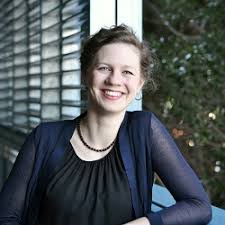
Birgit Stiller
Max Planck Institute
|
Birgit Stiller is a Max-Planck-Research Group Leader in Quantum Opto-Acoustics at the Max Planck Institute for the Science of Light (MPL) in Erlangen, Germany. From 2015 to 2018 she was a Postdoctoral Research Fellow at the University of Sydney, Australia, working with integrated photonic circuits. Before that she worked on quantum communications, specifically quantum key distribution and quantum hacking, with Prof. Leuchs at the MPL. She obtained her doctoral degree on Brillouin scattering in photonic crystal fibers at the CNRS Research Institute FEMTO-ST, Besançon, France.
Her group’s interest spans from nonlinear optics to quantum optics with a focus on light-sound interactions and waveguide optomechanics. Our aim is to explore this interaction experimentally at the classical and quantum level with suitably engineered microstructured fibres and nanowaveguides to manipulate, in this way, light states.
|
|
